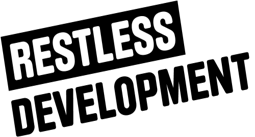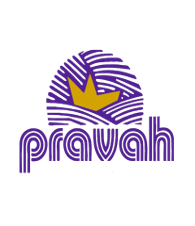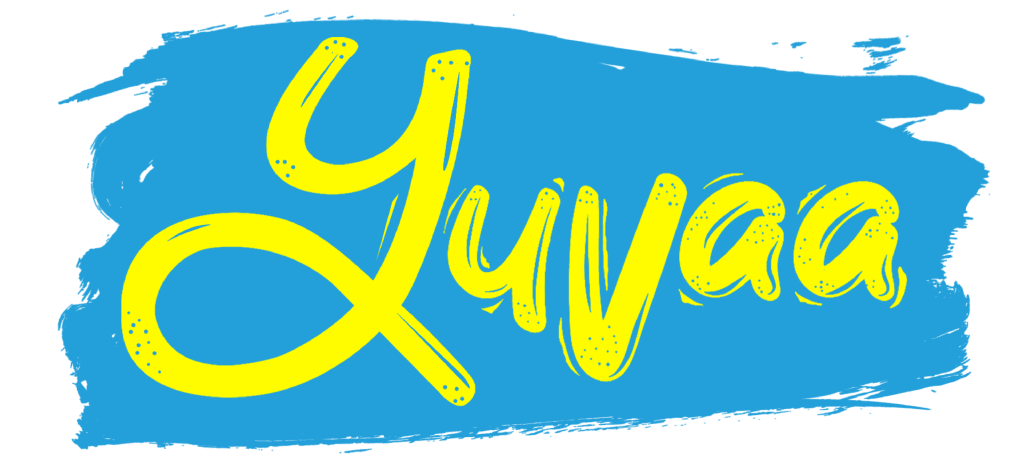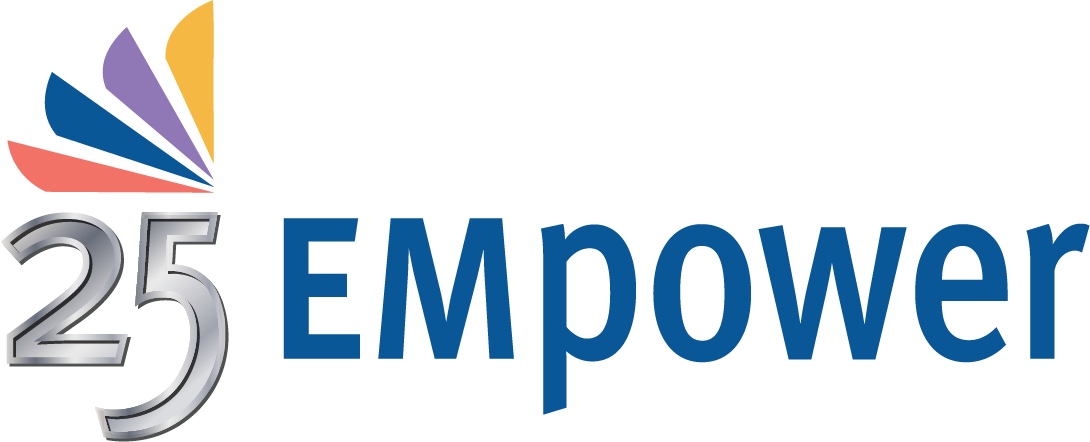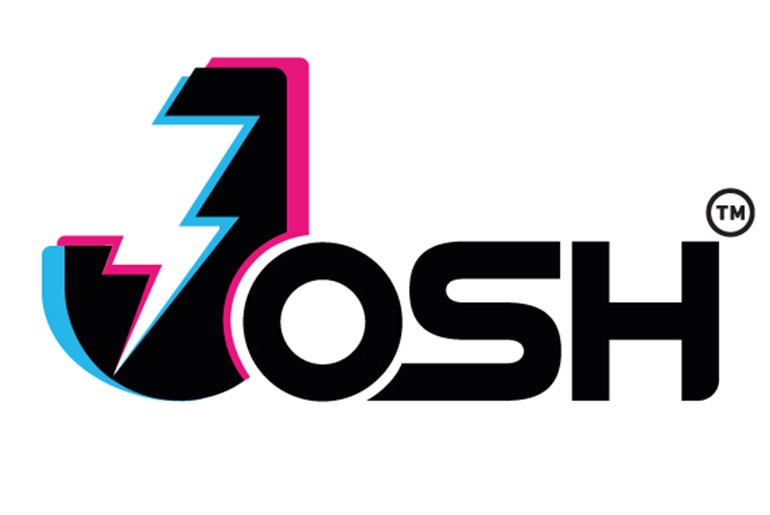Youth ke Bol is a first of its kind Indian intervention that is building a coalition of 1-million young people to advance their access to sexual and reproductive health information and services, as a critical pillar towards their improved quality of life.
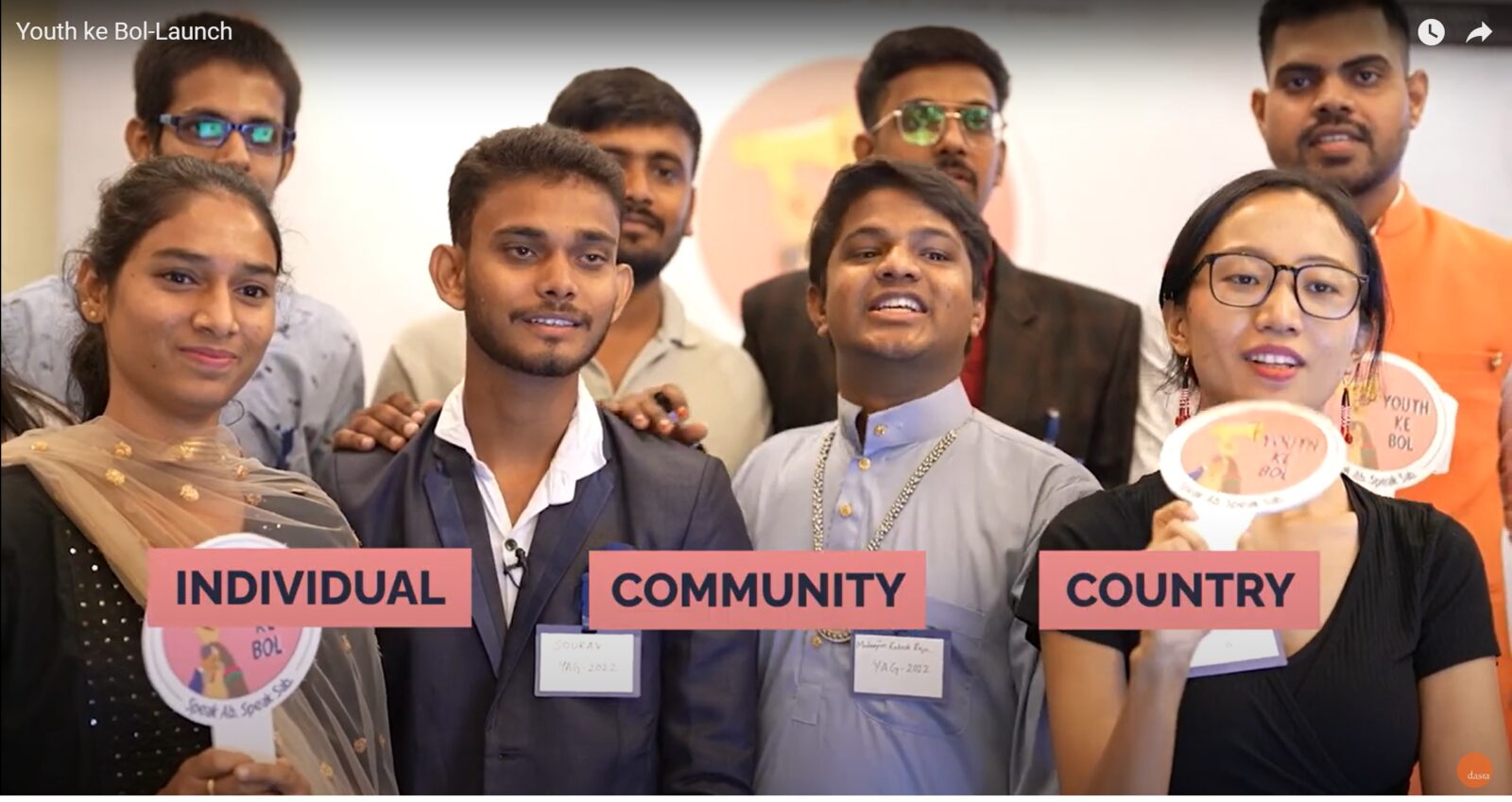
our impact
in the news
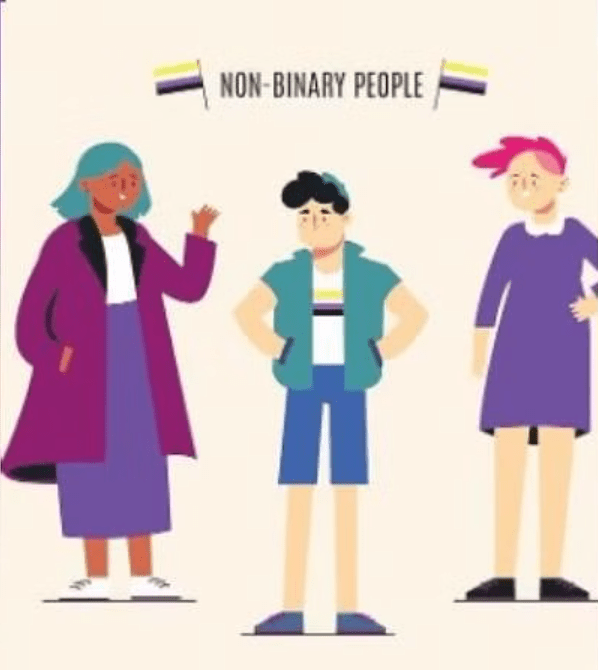
Non-binary people face bias from doctors, says study
It is not just the non-binary who face social stigma and discrimination.

News from the world of Education: October 13, 2022
Information on admissions, courses and events from schools and colleges
our partners



